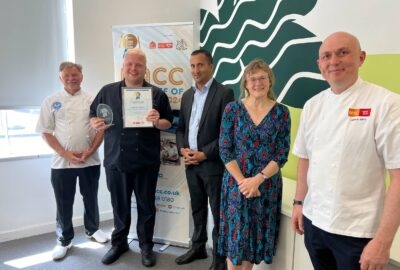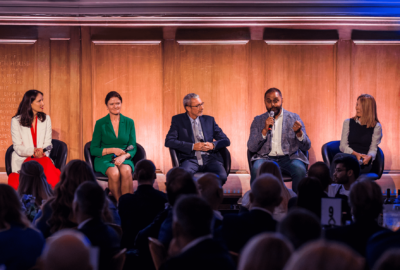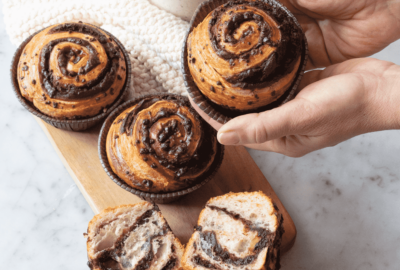UK prices are rising at a higher rate than we’ve seen for over 40 years. The Bank of England has warned that inflation might reach 10% within months (it may be well past that by the time you read this!) as the prices of fuel and food put pressure on household spending. The current ‘cost of living crisis’ means that ‘real’ disposable incomes are being squeezed, which is going to have a knock-on effect for how and ‘how much’ households spend on non-essential things such as eating out, socialising and entertainment. A clear concern for anyone working within the hospitality or foodservice industry.
KAM recently conducted a pulse survey with 500 UK adults to gauge how the cost-of-living crisis is likely to impact consumer behaviour in the immediate future and a whopping 94% of UK adults expect to adapt their behaviour in the next 12 months due to the cost-of-living crisis with 1-in-2 saying they will cut back on non-essential spending.
But what does that mean for hospitality and food service? There may well be a decline in visit frequency with 29% say they will visit restaurants less and 19% say they will visit pubs less. Interestingly take-aways may also suffer as people see these as a ‘nice to have’ – 37% say they will have less takeaways than they used to have.
Worth also noting that 31% of Brits will be looking to use less fuel due to the price rises which is likely to further drive the ‘localisation’ trend where we’ve seen people stay more local to eat, drink, shop and socialise since the pandemic. This could be good news for local, neighbourhood locations but more bad news for more transient locations.
Customers do empathise with price rises
Previous research we’ve done has found that despite increased pressure on their wallet, consumers can be quite forgiving of price rises. We found that pub-goers, in particular, empathise with potential price increases but they will still be a turn off for many. 75% of pub-goers say they expect prices in pubs to increase in 2022 (and they’re not wrong!) and 80% believe that it’s acceptable for pubs to increase their prices to a certain extent.
From the perspective of the consumer, they can see the price increases coming and they understand and empathise with the situation. The modern consumer is an educated consumer, and they are aware of the pressures that venues face, as many will be facing similar pressure in their own workplaces and at home. The key is to be transparent about rises and your reasons for doing it.
However, nobody is immune to price rises and 1-in-2 pub goers are saying that they are likely to visit pubs less often as a direct result. So, what can hospitality and foodservice venues do?
Keeping prices down is a tough ask, virtually impossible in today’s climate, so operators should look at ensuring that they can maximise the ‘added value’ wherever possible. Consistency of quality serve, consistency of quality of staff, alongside cleanliness, atmosphere, events, etc. etc. Every asset must be sweated to its maximum if we want to ensure that customers are not just understanding of the price increases but that they are happy to pay them as well.
Experience will as always be key
This comes back to a point that I make a lot and can’t make enough. Experience, experience, experience. All the research we’ve done this year has a thread running through it that highlights the importance of delivering an experience to the consumer, one they CAN’T easily replicate at home. This is key in driving them from their homes and out to hospitality venues. Where they spend their disposable income is a more important decision than ever before for many consumers, so venues and brands need to work harder, and smarter, to show that they are worth it.”
Blake Gladman, Insights & Strategy Director at KAM


